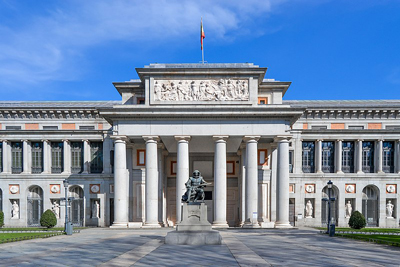
Museo Nacional del Prado, which commemorated its 200th anniversary in 2019, is the crowning glory of the City of Madrid, housing one of the richest and comprehensive collections of European art, especially Spanish, Italian, and Flemish art, dating from the 12th century to the early 20th century. Popularly known as the Prado Museum, it was based on the former Spanish Royal Collection, almost entirely built up by the monarchs of the Hapsburg family ruling Spain from 1516 to 1700.
It is the home to work by some of the Spanish Golden Age leading painters that includes Ribera, Zurbaran, Murillo, and the great Velazquez. Today, it is considered as one of the greatest art museums in the world, containing numerous works of Francisco Goya, the single most extensively represented artist, along with El Greco, Titian, Peter Paul Rubens, and others. Opened on 10 November 1819, its current collection comprises around 8200 drawings, 7600 paintings, 4800 prints, and 1000 sculptures, along with many other assorted works of art and historic documents.
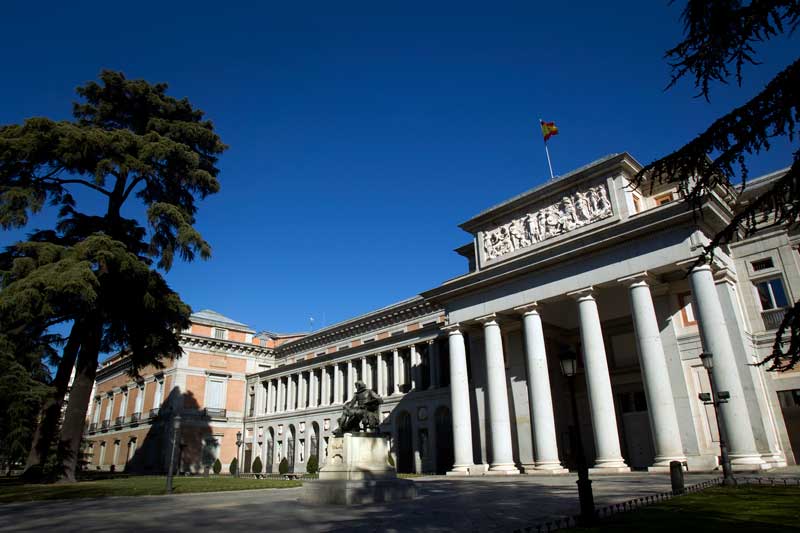
It all started in 1785 when Charles III commissioned the Spanish neoclassic architect Juan de Villanueva to design a building to house the Natural History Cabinet. Unfortunately, the process of construction was interrupted during the Napoleonic Wars between 1803 and 1815 when the incomplete building was used as the headquarters for the cavalry and a store for gunpowder for the Napoleonic troops based in Madrid during the war.
Ultimately, the construction was completed in 1819, during the reign of Ferdinand VII, and encouraged by his wife, Queen Maria Isabel de Braganza, the king initially opened the neoclassical building to the general public in November 1819 as the Royal Museum of Painting and Sculpture. Subsequently, Queen Isabella II enlarged the collection of paintings, added from the royal palaces and the El Escorial. Nevertheless, the Royal Museum of Painting and Sculpture became the Museo Nacional del Prado, after Isabella II was exiled from the country in 1868.

Between 1900 and 1960, the building of the museum was expanded with two short pavilions in the rear, and the next expansion was the annexation of two separate buildings. One of the buildings, the Cason del Buen Retiro, was originally built in 1637 as a ballroom of the Buen Retiro Palace and displayed around 400 paintings and housed a huge stock of 20th-century art from 1971 to 1997.
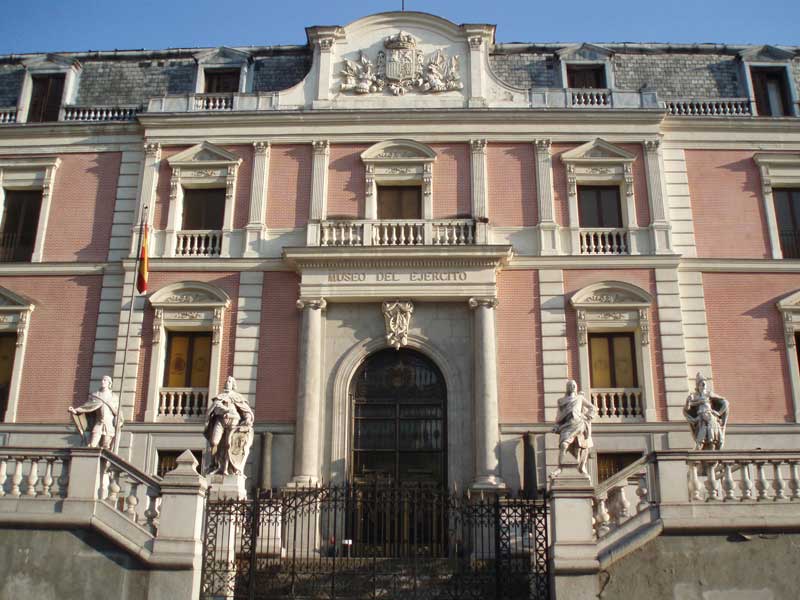
The other building, the Salon de Reinos or the Hall of Realms, was the former Army Museum, which housed the largest paintings in the royal collection. The construction of a new wing of the main building, designed by architect Rafael Moneo, began in 2002, and when it was completed in 2007, the covered area of the museum became expanded by more than 235,000 sq feet (22,000 sq m).
To make more room for galleries to accommodate the ever-growing collection, recently the shops and cafeteria were removed from the main building and rehabilitated in a newly constructed glass-roofed and wedge-shaped foyer.

At the inception of the Spanish Civil War, all the invaluable artworks were shifted to the basement of the building, and sandbags were used to further protect them from any possible attack. Subsequently, following the recommendations of the League of Nations, they were moved to Valencia for safety, and then finally evacuated to the headquarters of the League of Nations in Geneva. Shortly after that, the collection was returned to Madrid at the onset of the Second World War.

The Prado Museum is enriched with the most comprehensive collection of Spanish paintings in the world. Apart from the Mozarabic murals from the Church of San Baudelio de Berlanga, it contains paintings from Spanish-Flemish Gothic style to the Renaissance, represented by Bartolome Bermejo, Pedro Berruguete, Juan de Juanes, and Luis de Morales. Several galleries are devoted to El Greco,exhibiting some of his most notable and famous works like the Holy Trinity and the Knight with his Hand on his Breast. Painters of the Spanish Golden Age are represented by Francisco de Zurbaran, Bartolome Esteban Murillo, Jusepe de Ribera and Diego Velazquez. The Goya galleries contain an array of works by the great artist, which include, among others, the famous The Naked Maja , and The Clothed Maja. There is a separate room devoted to the legendary 19 th-century artists featuring pieces created by Mariano Fortuny, Raimundo de Madrazo, Joaquin Sorolla, and Federico Beltran Masses, who was trained under Joaquin Sorolla.
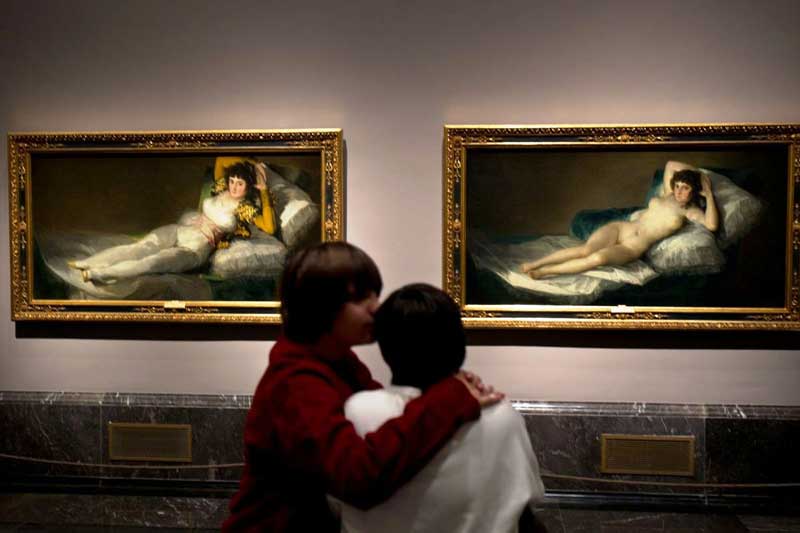
The Prado boasts several notable works painted during the Italian Quattrocento, the cultural and artistic events and movements that occurred in Italy during the major period of the Early Renaissance from 1400 to 1499. The collection includes The Annunciation by Fra Angelico, The Story of Nastagio degli Onesti, the eighth novel of the fifth day of Boccaccio’s Decameron, created by Botticelli, Death of the Virgin by Andrea Mantegna, and The Dead Christ Supported by an Angel by Antonello da Messina. Another prestigious collection of the museum is The Garden of Earthly Delights, a threefold oil-painting on an oak panel painted by the Dutch master Hieronymous Bosch, depicting the whole of human experience, from life to the afterlife, which provided a major inspiration for the surrealism of Salvador Dali. Apart from all above, Museo Nacional del Prado also contains, among others, The Descent from the Cross by Van de Weyden, Charles V at Mulhberg by Titian, Christ Washing the Disciples Feet by Tintoretto, The Holy Family, known as La Perla by Raphael, and The Three Graces by Peter Paul Rubens.
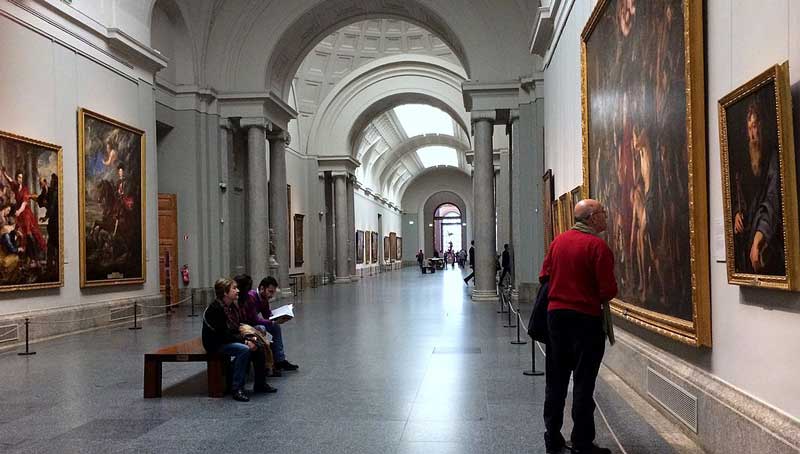
Although the galleries of the museum devoted to sculpture and decorative are not as famous as the galleries of paintings, they are home to Roman statues, and sculptures by Leone Leoni and his son Pompeo Leoni, commissioned by Philip II and Charles V. However, a Roman copy of the sculpture, titled Castor and Pollux, created by Praxiteles is one of the most important pieces in the galleries. Museo Nacional del Prado also houses the Dauphin's Treasure, a group of luxury vessels inherited by Philip V. However, considered as one of the greatest art museums in the world, it is filled with masterpieces, with a special focus on portraits.